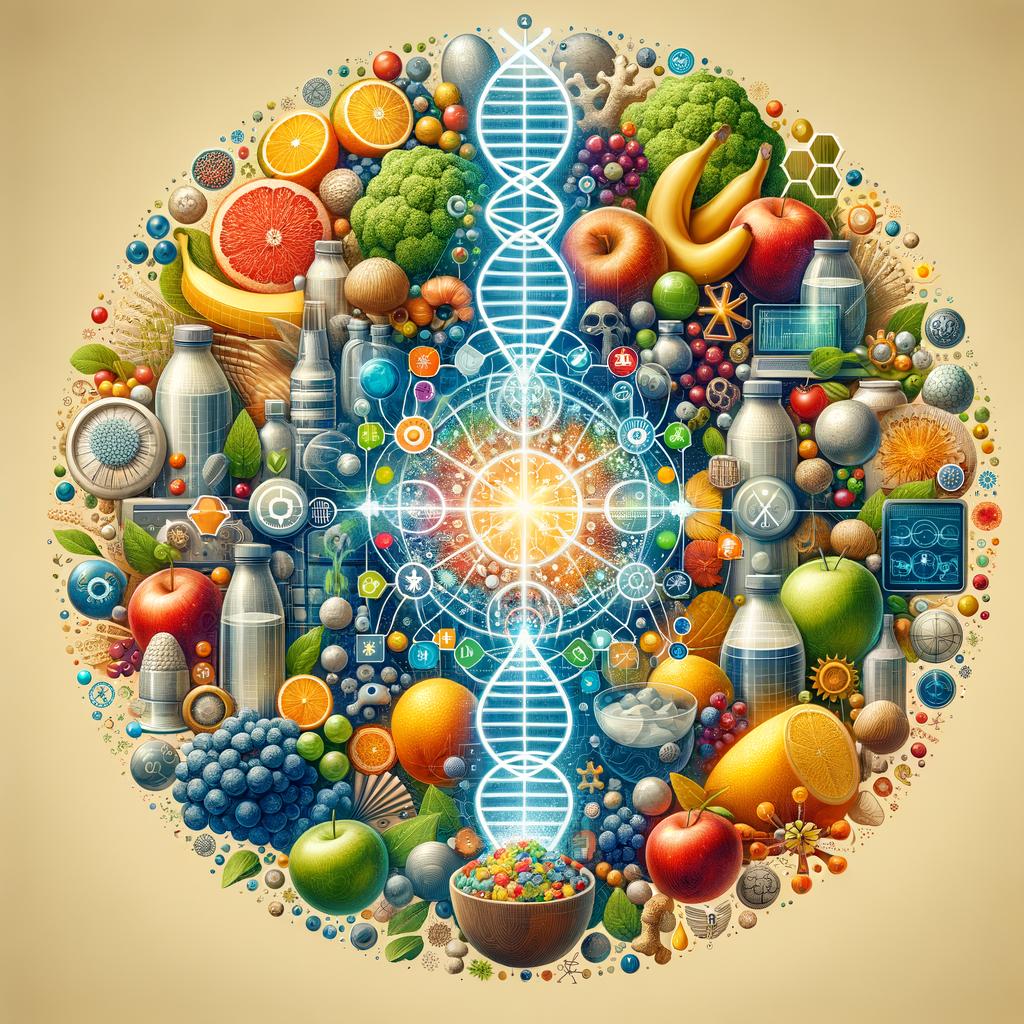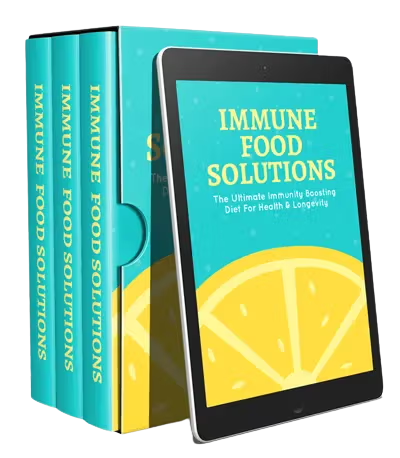A Dive into the Alkaline Diet
What exactly makes up an alkaline diet, you ask? In the simplest of terms, an alkaline diet typically comprises foods that tilt your body’s internal pH level towards alkaline as opposed to acidic. It’s a diet that promises a slew of health benefits, all centered on the principle of maintaining an ideal pH balance within the body. In the paragraphs below, we’ll explore what distinguishes the alkaline diet, the myriad meals and munchies it encompasses, how to adhere to it, and finally, the associated health benefits. Ready for a nutrition novelty? Let’s dive in!
Discover What Makes Up An Alkaline Diet
An alkaline diet is comprised mainly of foods believed to promote a more alkaline environment in the body. It includes a high intake of fruits, vegetables, nuts, seeds, and legumes, while minimizing consumption of meat, dairy, processed foods, and sugar. This diet focuses on whole, plant-based foods that are rich in vitamins, minerals, and antioxidants, aiming to support overall health by improving the balance of the body’s pH levels.
The Nitty-Gritty of the Alkaline Diet
Embarking down the alkaline avenue involves a keen focus on consuming fresh fruits, veggies, nuts, and legumes, while spurning the likes of meat, wheat, dairy, and additional processed foods. Essentially, foods adamantly avoided in an alkaline diet are those that lead to increased acidity within the body.
The Art of Alkalizing
Adherence to this diet doesn’t require you to shun acidity-inducing foods outright. Instead, it’s all about striking a balance: for every acidic food consumed, balance it out with an alkaline counterpart. The scales of this dietary balance often tilt towards the alkaline side, with the ideal proportion being around 80% alkaline to 20% acidic foods.
Foods that Find Favor in an Alkaline Diet
The alkaline diet epitomizes the phrase “eat your greens.” Think broccoli, kale, spinach, and celery – these star veggies are alkaline superstars. But it’s not all about veggie virtue. Several varieties of fruit find favor here too, such as bananas, avocados, and cherries. Nuts and legumes also get the green light – almonds, chestnuts, and soybeans are typically celebrated in the alkaline diet.
It’s What’s Off the Menu that Counts
While what’s on the list is crucial, with an alkaline diet, it’s just as important to know what’s off the menu. Alkaline-avoiders include meat, dairy products, commonly consumed grains like wheat and rice, plus alcohol and caffeine. Just like a jigsaw puzzle missing a piece, the alkaline diet isn’t complete without recognizing these forbidden foods.
The Promised Health Perks
A faithful follower of the alkaline diet swears by its potential health perks. The overarching goal is to foster peak health by balancing the body’s pH, aiding digestion, improving energy levels, as well as promoting weight loss. Balancing on the tightrope of dietary duality has also been suggested to relieve chronic conditions like arthritis and osteoporosis.
The Fountain of Alkaline Youth?
There exist whispers in the wellness world prophesying how adhering to an alkaline diet could contribute to slowing the aging process. By reducing the load on the body’s detoxification systems, it’s suggested the body can focus on maintenance, repair, and rejuvenation. Could the alkaline diet be our fountain of youth? That’s food for thought.
Botching the Alkaline Balance
Venturing into the vibrant vista of the alkaline diet presents potential pitfalls. Adopters need to keep an eye out for nutrient deficiencies, especially when excluding entire food groups. Overzealous alkalizing can lead to decreased protein and calcium intake, potentially straining skeletal and muscular health.
Alkaline Advice
By incorporating a variety of nutrient-rich, alkaline-friendly foods and being mindful of potential pitfalls, you can strike a pleasant balance. Like any art, the art of alkalizing takes practice and patience, but with time, it can certainly become a colorful part of your culinary canvas.
In Conclusion
Embarking on the alkaline diet is a journey filled with green veggies, hearty legumes, colorful fruits, and the zealous exclusion of meats, processed foods, and certain grains. By ensuring a balance of alkaline and acidic foods, supporters believe a wealth of health benefits awaits. Whether as a means for weight loss, an energy boost, or a potential overflowing fountain of youth, an alkaline diet paints an intriguing canvas on the landscape of nutritional choices.
Frequently Asked Questions
1. What foods are included in the alkaline diet?
The alkaline diet includes fresh fruits, vegetables, nuts, and legumes. Some staples are leafy greens like spinach, broccoli, and kale, as well as fruits like bananas, avocados, and cherries.
2. What foods should I avoid in an alkaline diet?
Foods to avoid in an alkaline diet are mostly those that increase acidity in the body. These include meats, dairy products, grains like wheat and rice, as well as alcohol and caffeine.
3. Does an alkaline diet aid weight loss?
While the alkaline diet is not explicitly designed for weight loss, the healthy, nutrient-rich food components can certainly support a healthy weight when combined with regular physical activity.
4. Can an alkaline diet slow down the aging process?
Some proponents of the alkaline diet suggest it has anti-aging benefits due to its potential ability to reduce the load on the body’s detoxification systems.
5. What are the potential pitfalls of an alkaline diet?
Potential pitfalls of the alkaline diet can include nutrient deficiencies, especially if entire food groups are excluded. Possible deficiencies to watch for are protein and calcium which play crucial roles in muscular and skeletal health.



